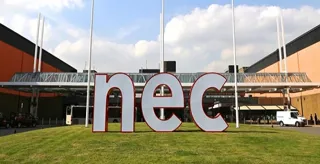Most sectors surveyed for the 2005 Sewells/RMI Pay Guide, are achieving this balance. However the body repair sector – both franchised and independent – is close to breaking this golden rule, and could suffer dire consequences.
The problems essentially boil down to insurance labour rates lagging behind the wages of painters and panel beaters. Looking at the past 10 years, the increase in total pay per hour is nearly three times that of insurance labour rates.
The net result has been a dramatic fall in the labour gross profit margin. Gross profit is, of course, the starting point for the bottom line profit of any business, and labour gross profit makes up over 70% of the gross profit generated by a bodyshop.
Productives’ pay has risen due to the shortage of skilled employees caused, in part, by an increase in the value of the body repair market of 15% (in real terms) during the 1990s combined with the reticence of young people to take up blue collar jobs.
The good news for bodyshops is that these runaway wage increases now appear to be under control. The bad news is that bodyshops, unlike other sectors, could have overdone it.
Independents say they simply cannot afford more regardless of the skills shortages that still haunt the industry: they are between a rock and a hard place. In the end, it is up to insurers – they have to give ground if the industry is to attract and retain the workforce needed to fix policyholders’ cars in the future.


















Login to comment
Comments
No comments have been made yet.